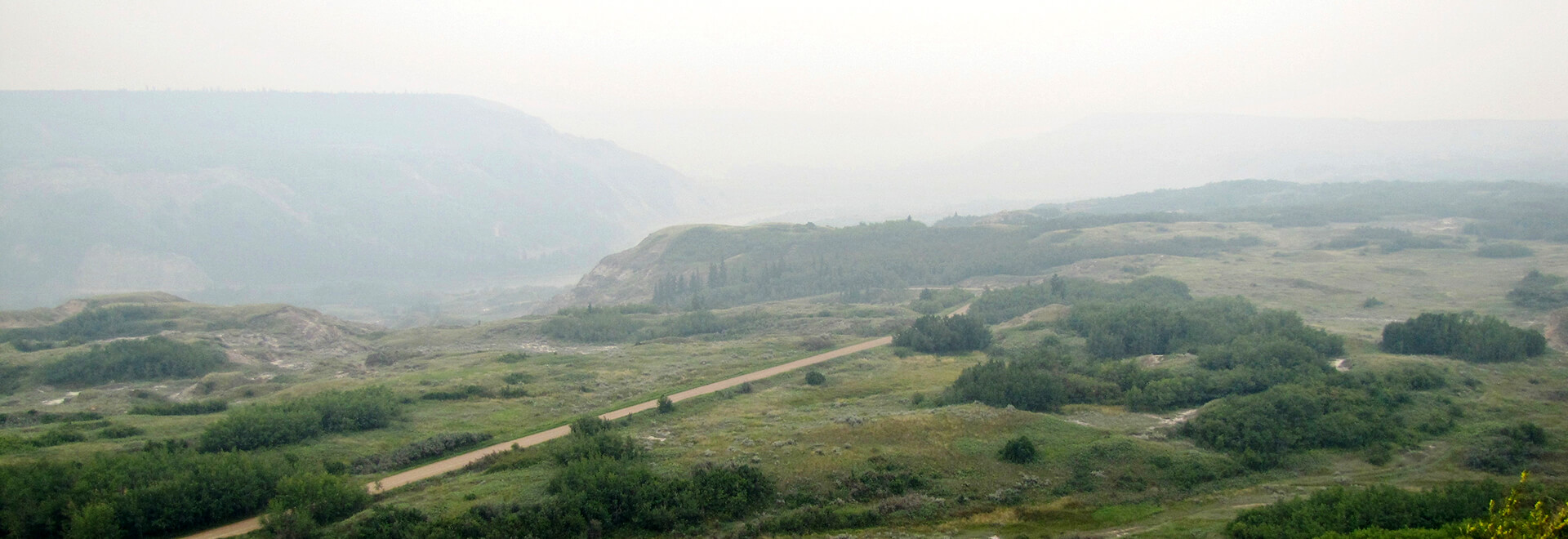We take over 20,000 breaths each day. Air quality is vital to our health.
Air pollution can irritate lungs and airways, make it harder to breathe, and worsen chronic diseases such as heart and lung disease. Children, seniors, and people with health conditions like asthma, emphysema, diabetes, angina and a history of heart attacks are most vulnerable to the effects of air pollution, but air quality impacts everyone’s health. Studies show that even modest increases in air pollution can cause small but measurable increases in emergency room visits, hospitals admissions and death.
The Air Quality Health Index (AQHI) provides a number from 1 to 10 to indicate the level of relative health risk associated with local air quality. The higher the AQHI number, the greater the health risk and need to take precautions. When the air quality is poor, Alberta Health Services will issue an Air Quality Advisory.

Protect yourself by checking the AQHI regularly. You may decide to reduce or reschedule outdoor physical activities. Monitor possible symptoms, such as difficulty breathing, coughing or irritated eyes and consult a health care provider when needed. And do what you can to reduce air pollution every day: burn less wood, carpool, reduce unnecessary vehicle idling, use less electricity and natural gas, and take transit, bike or walk.
Learn More From:

PM2.5
Fine particulate matter are tiny airborne particles, about 1/20th the width of a human hair. Most of the fine particulate matter in Red Deer is caused by chemical reactions of other pollutants such as nitrogen dioxide and volatile organic compounds emitted from vehicles. The results of the chemical reactions are tiny toxic particles. Forest fires can also be a source of fine particulate matter.
Read More
Ozone Management Plan
Ozone (O3) is a colourless gas. In the earth's atmosphere, ozone plays an important role in shielding the earth from harmful rays from the sun. However, at ground level it is primarily a human produced pollutant which contributes to the creation of smog.
Read More